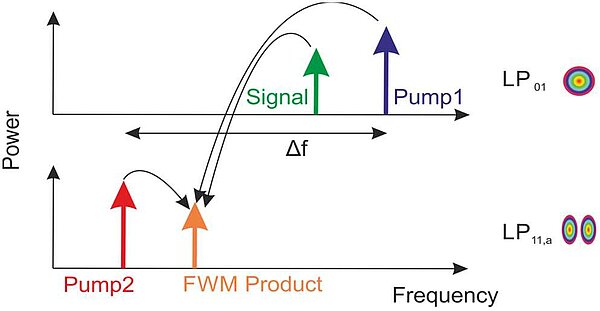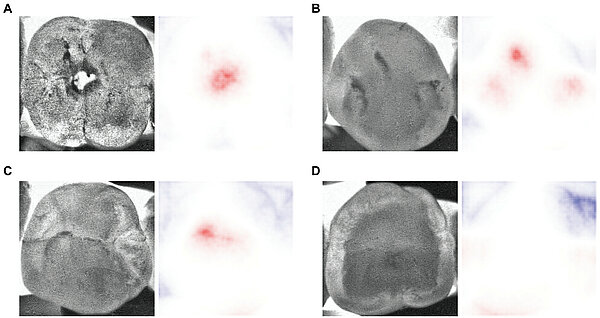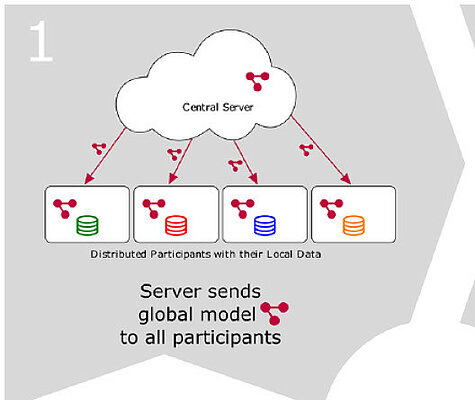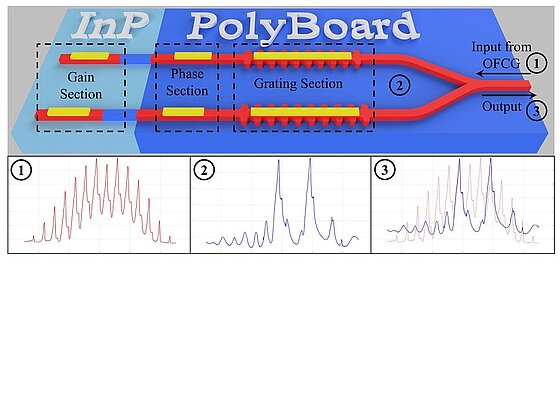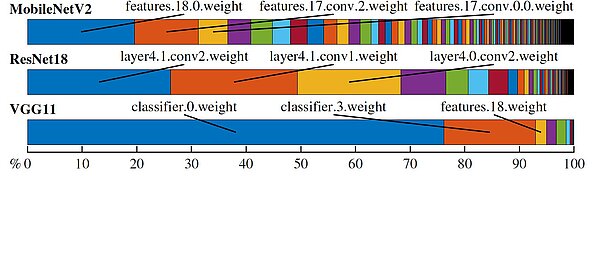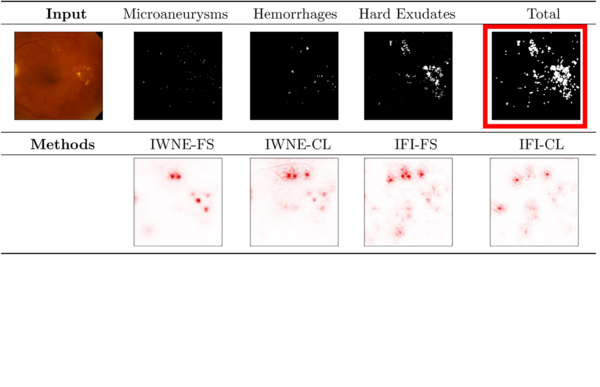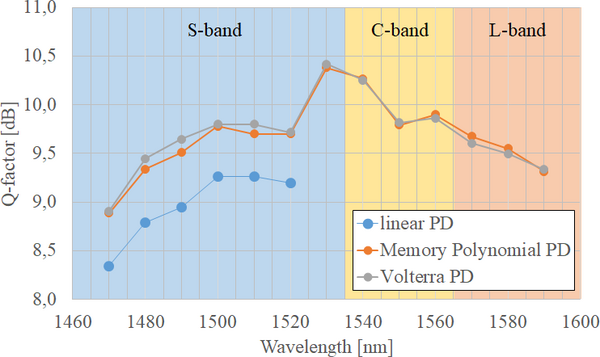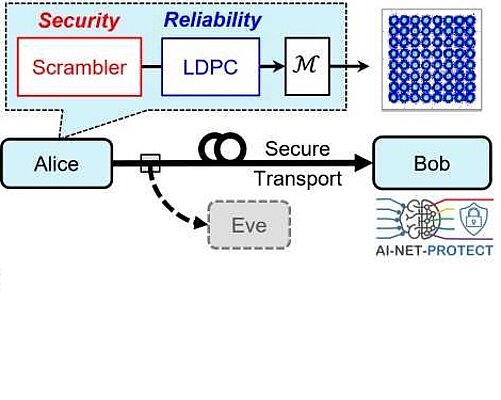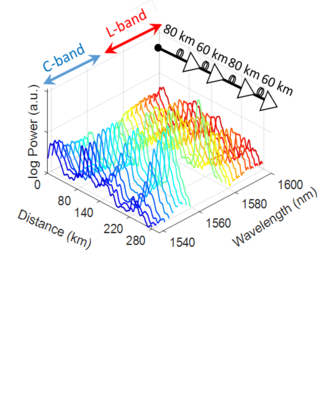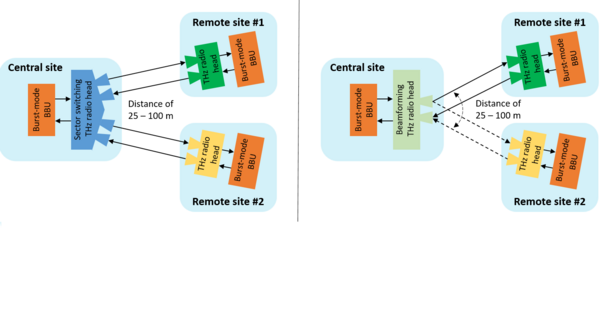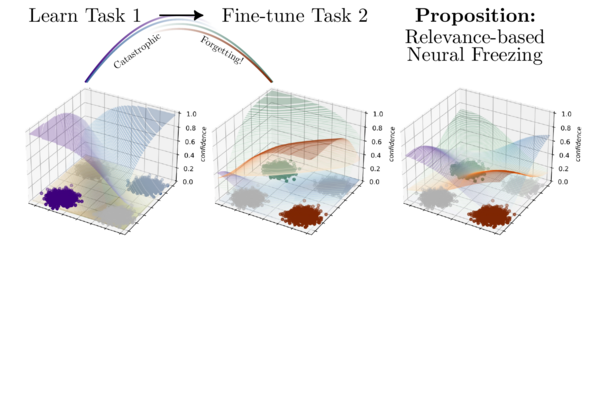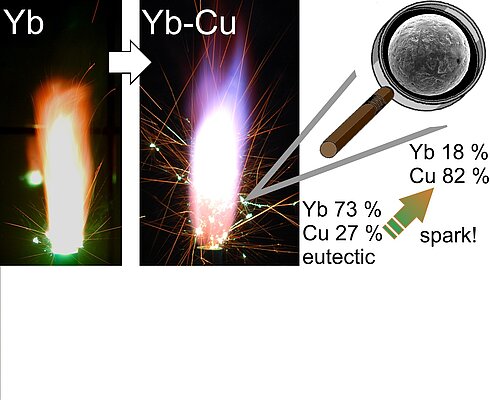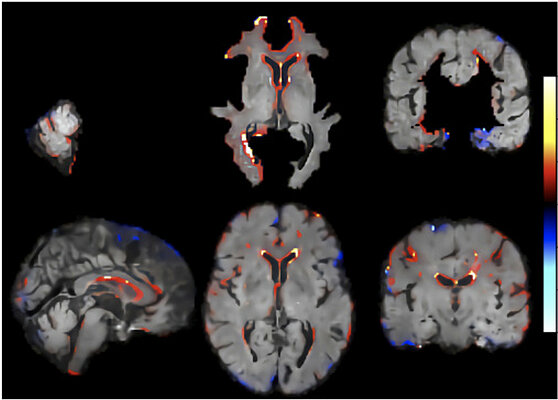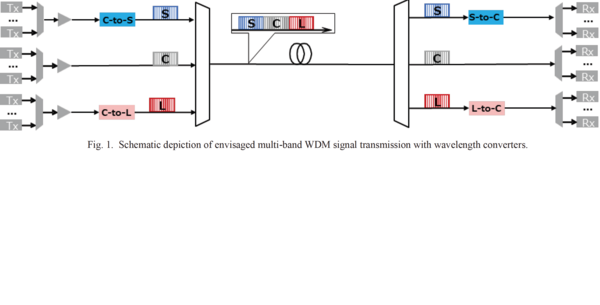Ultra-Broadband Optical Wavelength-Conversion using Nonlinear Multi-Modal Optical Waveguides
Ultra-Broadband Wavelength Conversion is one of the key issues of future optical networks. The physical background of ultra-broadband optical wavelength conversion in a multi-modal Silicon waveguide and methods to optimize its functionality are...
Fixed 5th Generation Advanced and Beyond
One of the overarching goals of the ETSI Industry Specification Group (ISG) F5G on Fifth Generation Fixed Network is to establish a regular rhythm of evolution for the fixed telecommunications network. So far, F5G has published technical...
Towards Trustworthy AI in Dentistry
Medical and dental artificial intelligence (AI) require the trust of both users and recipients of the AI to enhance implementation, acceptability, reach, and maintenance. Standardization is one strategy to generate such trust, with quality...
Federated Learning in Dentistry: Chances and Challenges
Building performant and robust artificial intelligence (AI)–based applications for dentistry requires large and high-quality data sets. Collaborative efforts are limited as privacy constraints forbid direct sharing across the borders of these...
Optical Generation and Transmission of mmWave Signals in 5G ERA: Experimental Evaluation Paradigm
We demonstrate the generation, of a mmWave signal via the injection of an optical frequency comb (OFC) into an integrated tunable dual distributed Bragg reflector (DBR) laser as well as the fiber transmission and the processing of this signal by...
Measurably Stronger Explanation Reliability Via Model Canonization
Network canonization has recently been introduced, restructuring a neural network model into a functionally identical equivalent to which established explanation methods can be applied optimally. In this work, we quantitatively verify the...
History Dependent Significance Coding for Incremental Neural Network Compression
This paper presents an improved probability estimation scheme for the entropy coder of Incremental Neural Network Coding (INNC), which is currently under standardization in ISO/IEC MPEG. Major finding is that the probability of a significant...
To Pretrain or Not? A Systematic Analysis of the Benefits of Pretraining in Diabetic Retinopathy
In this work, we aim to understand what type of pretraining works reliably in practice and what type of pretraining dataset is best suited to achieve good performance in small target dataset size scenarios. Considering diabetic retinopathy...
Ultrawideband Systems and Networks: Beyond C+L -Band
In the evolution of optical networks, enhancement of spectral efficiency (SE) enhancement has been the most cost-efficient and thus the main driver for capacity enhancementincrease for decades. As a result, the development of optical transport...
Hyperspectral Demosaicing of Snapshot Camera Images Using Deep Learning
This work proposes a parallel neural network based demosaicing procedure for single-camera-one-shot-for hyperspectral imaging trained on a new ground truth dataset captured in a controlled environment by a hyperspectral snapshot camera with a 4×4...
Experimental Investigation of Information Bit Scrambling for Physical-Layer Security in Coherent Fiber-Optic Systems
We experimentally demonstrate tap-proof coherent optical 640-Gb/s transmission based on encryption-less physical layer security. Information bit scrambling combined with soft-decision error-correction coding yields favorably small security gaps,...
Advanced DSP-based Monitoring for Spatially resolved and Wavelength-dependent Amplifier Gain Estimation and Fault Location in C+L-band Systems
We study the benefits of applying advanced DSP-based monitoring on multiple wavelength division multiplexing (WDM) channels allocated in the optical grid to infer wavelength-wise characteristics of a C+L-band optical line system. In that context,...
Towards High-Capacity THz-Wireless P2MP Communication Systems for 6G
We present different concepts of a THz-wireless point-to-multipoint (P2MP) communication system based on fast spatio-temporal beam-switching in the THz domain and discuss implications for the system and the DSP design. Characterization results...
Perfusion Assessment via Local Remote Photoplethysmography (rPPG)
We present an approach to assess the perfusion of visible human tissue from RGB video files. We show that locally resolved rPPG-signals can be used for intraoperative perfusion analysis and visualization during skin and organ transplantation as...
Explaint to not Forget: Defending Against Catastrophic Forgetting with XAI
The ability to continuously process and retain new information like we do naturally as humans is a feat that is highly sought after when training neural networks. Unfortunately, the traditional optimization algorithms often require large amounts...
Customizing the Appearance of Sparks with Binary Metal Alloys
Alloys consisting of >65 at. % of a brightly emitting and low-boiling-point metal and a carrier metal allow achieving long-flying deeply colored sparks. Besides the color, branching of sparks is crucial for the visual appearance. Rare-earth...
Towards the Interpretability of Deep Learning Models for Human Neuroimaging
Brain-age (BA) estimates based on deep learning are increasingly used as neuroimaging biomarker for brain health; however, the underlying neural features have remained unclear. We combined ensembles of convolutional neural networks with...
Characterization of Dispersion-Tailored Silicon Strip Waveguide for Wideband Wavelength Conversion
In view of application to wideband wavelength conversion, an SOI waveguide was fabricated and characterized. Conversion of C- band WDM test signals into S- and L- bands in a single waveguide is demonstrated.
DSP-Based Link Tomography for Amplifier Gain Estimation and Anomaly Detection in C+L-Band Systems
In this work, we propose a spatially-resolved and wavelength-dependent DSP-based monitoring scheme to accurately estimate the spectral gain profile of C+L-band in-line Erbium-doped fiber amplifiers deployed in a 280-km single mode fiber link.
Bayesian Optimization for Nonlinear System Identification and Pre-distortion in Cognitive Transmitters
We present a digital signal processing (DSP) scheme that performs hyperparameter tuning (HT) via Bayesian optimization (BO) to autonomously optimize memory tap distribution of Volterra series and adapt parameters used in the synthetization of a...
